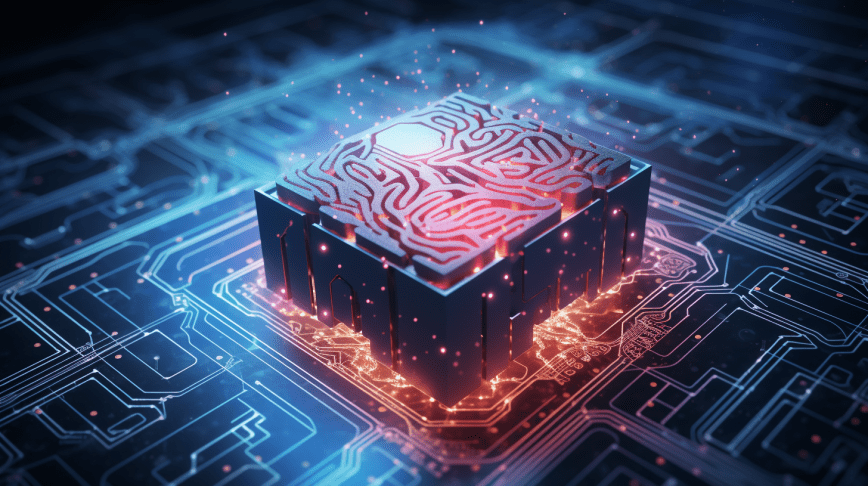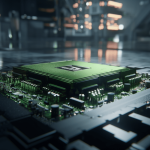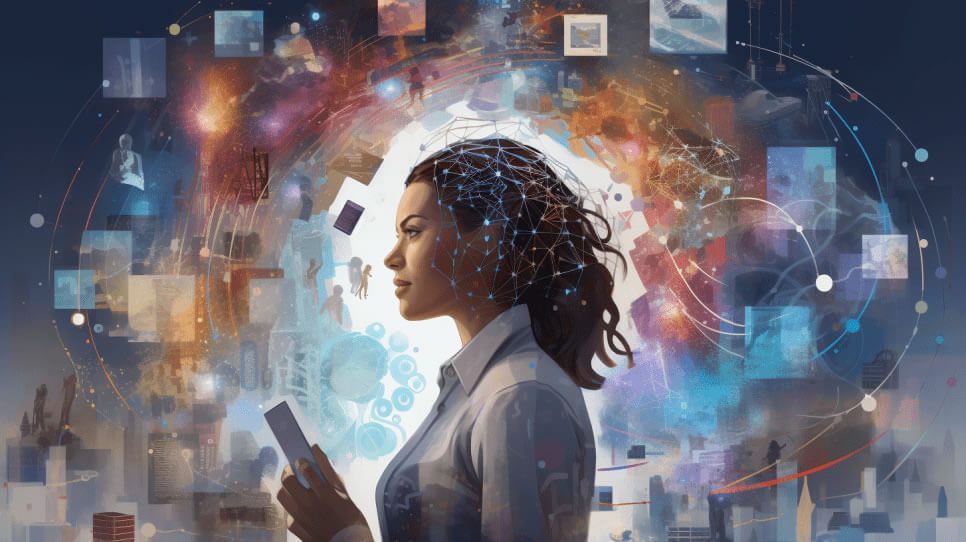In a landmark study, scientists from Cambridge have unveiled an Artificial Intelligence (AI) system that astonishingly self-organizes to develop features akin to the brains of complex organisms. This groundbreaking research, not only showcases the ingenuity of AI but also brings us a step closer to understanding the intricate workings of the human brain. By emulating the physical and biological constraints inherent to human cognition, the AI system has managed to balance energy efficiency with sophisticated problem-solving capabilities.
AI’s Evolution Towards Brain-like Functionality
At the heart of this discovery is the concept of imposing physical constraints on the AI system, much like the limitations faced by the human brain. Jascha Achterberg, a Gates Scholar from the Medical Research Council Cognition and Brain Sciences Unit (MRC CBU) at the University of Cambridge, emphasized the efficiency of the brain, stating, “Not only is the brain great at solving complex problems, it does so while using very little energy.” This observation was pivotal in steering the research towards a new direction where AI could replicate such efficiency.
Balancing Energy and Resources in AI
The study demonstrates how neural systems self-organize and make connections while managing a trade-off between energy and resource allocation. Dr. Danyal Akarca, a co-lead author from MRC CBU, highlights this balance: “Biological systems evolve to make the most of their energetic resources, often finding elegant solutions reflective of various imposed forces.”
Implications for Neuroscience and AI Design
The AI system used computational nodes to simulate neurons, where each node had a specific location in a virtual space. This spatial constraint mirrored the organization of neurons in the human brain. Through a simplified maze navigation task, the system learned to optimize its connections, mirroring human brain activity. This research has profound implications for both neuroscience and the design of future AI systems, potentially aiding in understanding cognitive and mental health differences among individuals.
The Future of AI: Emulating Human Brains
The study reveals that by simulating the physical constraints of human brain architecture, AI can develop similar problem-solving tactics. Professor Duncan Astle from Cambridge’s Department of Psychiatry noted:
“This simple constraint forces artificial systems to produce quite complicated characteristics, shared by biological systems like the human brain.”
This finding hints at a future where AI can more closely mimic human cognition and efficiency, especially in robots operating in the real world with limited energetic resources.
Conclusion
This study marks a significant milestone in the field of AI, bridging the gap between artificial and human intelligence. It opens new avenues in understanding the human brain and designing AI systems that are not only efficient but also cognitively advanced. As we ponder over the implications of this research, we invite our readers to share their thoughts and perspectives. How do you see this development influencing the future of AI and neuroscience? Your insights are valuable to us, so please feel free to comment below and join the conversation.











